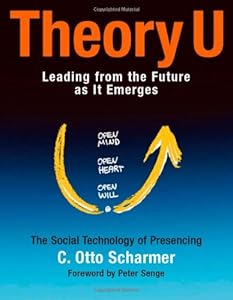This is the sixteenth and final post in this sequence about ecumenical formation.
In the book Theory U by C Otto Scharmer, the author uses the image of a painting to illustrate the nature of the U theory. I have previously covered U theory in a sequence of posts, starting here. To answer the question 'what?' we can look at the painting. The painting itself tells us nothing about the future but it has a history and in itself we may learn a great deal. To answer the question 'how?' we can watch the artist at work. And so we learn the technical aspects of the art of painting. Finally, we can ask the future orientated question 'why?' and this time the image is of the artist contemplating the empty canvass. In a sense there is little to see but without this vital step there would be no painting at all.
Perhaps mission, formation and unity express this threefold approach. When we speak only of mission and unity, we not only lose the contribution made by formation but lose a sense of the role mission and unity play in the church.
Mission addresses the question 'what?' It is inevitably past orentated as it is an expression of the faith. It is those who are formed by the church acting on their formation. This is not to say it is static, far from it; it is the church in action.
Formation addresses the 'how?' of the church. It is in formation that we encounter the insights of our own tradition and then the insights of others. As Christians we need to learn about our faith, about how to pray and how to preach and minister. We need to learn something of the breadth and diversity of faith. It is something we need to learn to do both within and between our traditions.
Finally, we approach the question, 'why?' We are brought back to the opening words of Genesis and John, 'in the beginning ...' And we discover it is about diversity, about the conversation between God and matter and later God and humanity. We are united in the conversation. In the conversation we find our purpose and grow into our mission.
I'm going to move onto a new sequence next but hope to return to formation as a theme later. The next step will be to explore the practicalities of ecumenical formation.



Comments